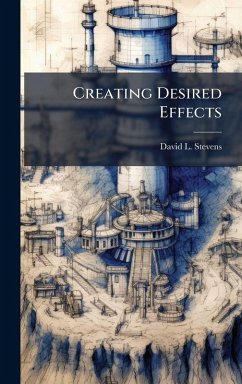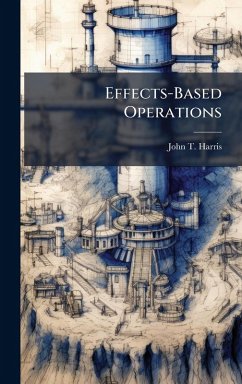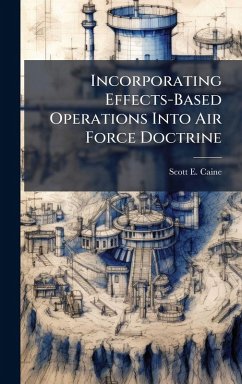
Strategic Effects of Airpower and Complex Adaptive Agents
Versandkostenfrei!
Versandfertig in über 4 Wochen
29,99 €
inkl. MwSt.
Weitere Ausgaben:

PAYBACK Punkte
15 °P sammeln!
US airpower theory and doctrine depend on the concept that the destruction of a few key targets or centers of gravity can unravel the enemy's physical ability to wage war or break his will to prosecute the war. This synergistic decimation of the enemy's effectiveness and resistance to our political will is known as Strategic Effects. These strategic effects are very difficult to quantify and are not directly accounted for in current DoD computer models. Since these computer models are used to aid with decisions about force structure and budget priorities, many believe that the Air Force's grea...
US airpower theory and doctrine depend on the concept that the destruction of a few key targets or centers of gravity can unravel the enemy's physical ability to wage war or break his will to prosecute the war. This synergistic decimation of the enemy's effectiveness and resistance to our political will is known as Strategic Effects. These strategic effects are very difficult to quantify and are not directly accounted for in current DoD computer models. Since these computer models are used to aid with decisions about force structure and budget priorities, many believe that the Air Force's greatest potential contribution to modern joint warfare is going unrecognized and under financed. This thesis explores military theory and current doctrine to define a method quantifying strategic effects. This method is based upon the Observe- Orient-Decide-Act (OODA) decision cycle. Next, current modeling techniques, and specifically the campaign level model, THUNDER, are examined for applicability to model strategic effects as defined. Finally, a proof of concept model is developed to study the advantage associated with OODA loop exploitation. This simple model uses Java-based, multi-threaded, autonomous, complex adaptive agents to demonstrate the non-linear (synergistic) results of OODA loop exploitation. This work has been selected by scholars as being culturally important, and is part of the knowledge base of civilization as we know it. This work was reproduced from the original artifact, and remains as true to the original work as possible. Therefore, you will see the original copyright references, library stamps (as most of these works have been housed in our most important libraries around the world), and other notations in the work. This work is in the public domain in the United States of America, and possibly other nations. Within the United States, you may freely copy and distribute this work, as no entity (individual or corporate) has a copyright on the body of the work. As a reproduction of a historical artifact, this work may contain missing or blurred pages, poor pictures, errant marks, etc. Scholars believe, and we concur, that this work is important enough to be preserved, reproduced, and made generally available to the public. We appreciate your support of the preservation process, and thank you for being an important part of keeping this knowledge alive and relevant.












